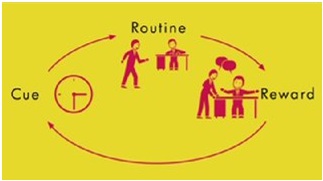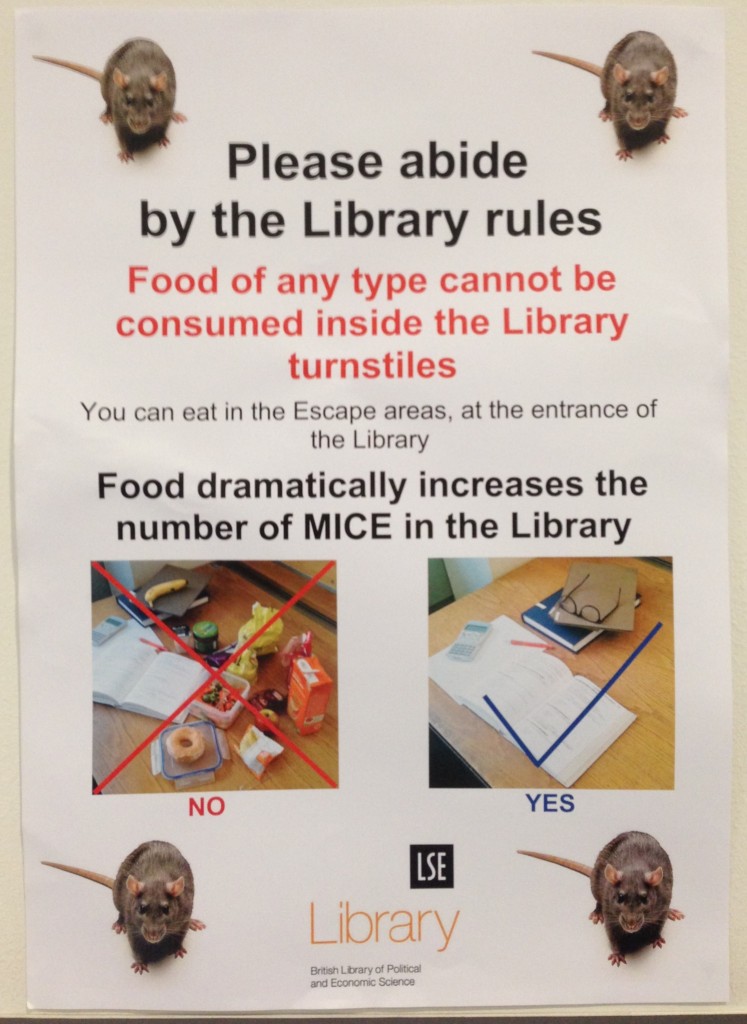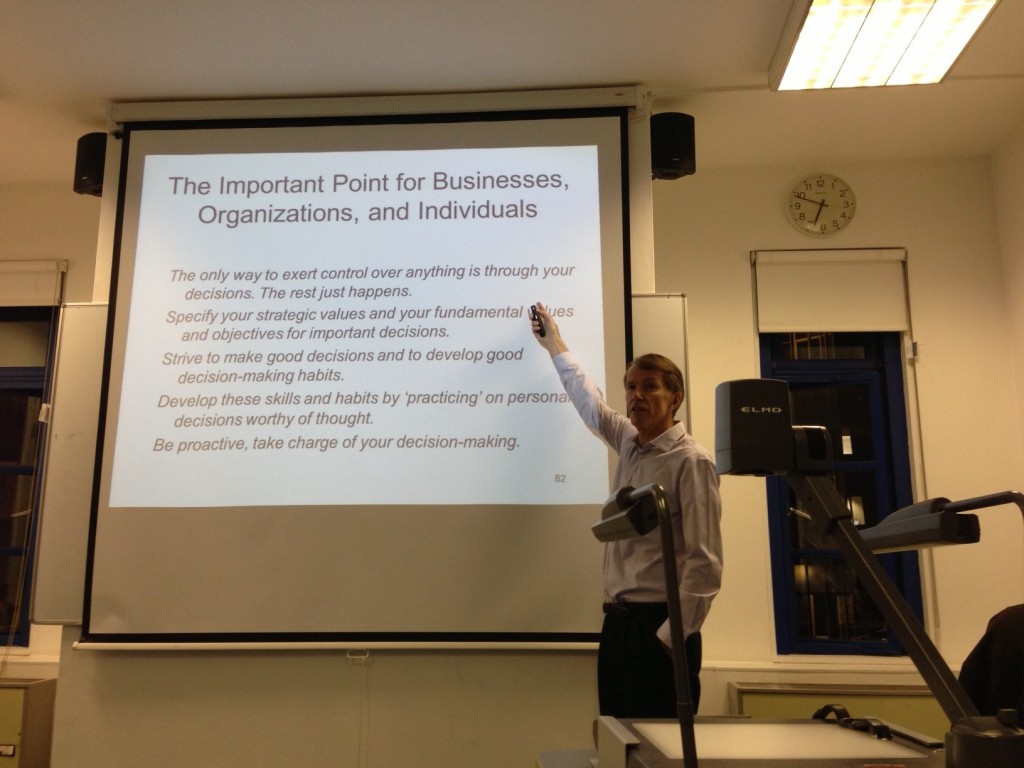3 ways of making/influencing decisions in organizations
13 Feb
I have just read an interesting paper on three basic decision making models explained using an example of the Cuban Missiles Crisis. In October 1962 the USSR placed offensive nuclear weapons in Cuba prompting the US for a reaction. The paper looks at how the US arrived to a decision for naval blockade as opposed to e.g. an air attack. In doing so, the author describes three basic decision making models which I believe can be applied in any organization. Knowing them can help you as a decision maker to make better decisions or to influence others in making their decisions more effectively.
Model I: Rational Policy Model
This model assumes organizations have a unified set of preferences and they make choices that would maximise their benefits. If you want to influence decisions being made under this model, try changing the costs associated with certain alternatives. The higher the cost (and consequently the lower the net benefit) of executing a certain alternative, the less likely it is to be chosen.
Model II: Organizational Process Model
This model views organizations as entities with codified operational practises and standard patterns of behaviour. Decisions made are therefore not deliberate choices of leaders but rather outputs of pre-established systems. If you want to influence decisions being made under this model, you have to change organizational practises in advance.
Model III: Bureaucratic Politics Model
This model views outcomes as emerging from ‘perceptions, motivations, positions, power, and manoeuvres of principal players’ (p. 630) within an organization. If you want to influence decisions being made under this model, understand internal politics of the organization. Who are the key decision makers? What do they really care about/what are they key concerns/what are their real agendas? Who has biggest influence over them? How can you form a powerful internal coalition to support your idea?
None of the models is perfect. The first one for example assumes that agents are rational which we know they are not and that organizations have only one set of objectives. The second one assumes absence of active decision making when unexpected situations occur and relies only on standard situations. The third one assumes decision making is all about politics and not about maximizing real benefits for an organization (here it is perhaps closest to the reality).
These models do however provide three distinct perspectives on decision making processes. I think it is beneficial to apply all of them in turn to a problem at hand as interesting insights about how to solve it/influence it might emerge.
The full paper can be found here.





Recent Comments